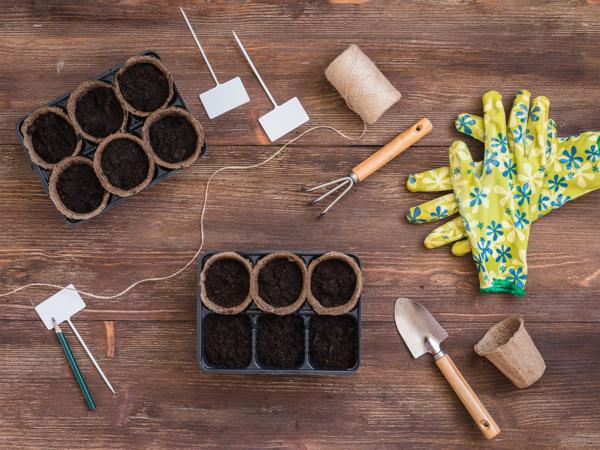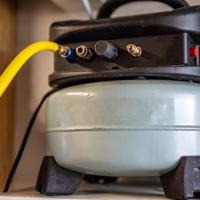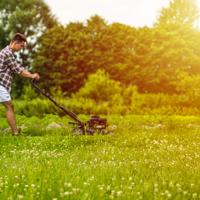Welcome to our cozy corner of the internet, where we explore the world of gardening and landscaping. Today, we delve into planting guides—a subject near and dear to many garden enthusiasts. This page is designed with both novice and seasoned gardeners in mind. We'll explore various aspects of planting, sharing knowledge and insights based on personal experiences and available research.
Understanding Your Environment
Before we dig deep into planting techniques, it's essential to start by understanding your environment. Consider your climate, soil type, and light availability, as they significantly impact plant growth. Resources like the USDA Hardiness Zone Map can help determine which plants will thrive in your area. Matching the plants with their preferred conditions is a step toward healthy, vibrant growth.
Examples of Climate Considerations
- Cooler Climates: Opt for plants like tulips or evergreens, which can withstand frost.
- Warmer Climates: Consider succulents or cacti that thrive with less water and more heat.
Soil Preparation
Soil is the foundation of any garden, and preparing it well can make a significant difference to your plants. Start by testing your soil pH and nutrient levels—kits are available at gardening centers. Based on results, you may need to amend your soil with organic matter like compost or peat moss to enhance its fertility.
Tips for Different Soil Types
- Clay Soil: Improve drainage by adding sand or gypsum. Improve drainage
- Sandy Soil: Retain moisture with organic matter like compost or well-rotted manure.
Choosing Your Plants
Choosing the right plants involves balancing aesthetics with practicality. Think about plant size, color, and growth habit as you make your selections. Native plants are sometimes preferable since they are adapted to local conditions and support local wildlife.
Examples:
- For Shade: Hostas and ferns provide lush greenery without needing direct sunlight.
- For Sun: Consider marigolds or lavender, which flourish in sunny spots.
Planting Techniques
When it's time to plant, timing is crucial. Early spring or fall is generally a good time to plant many species. Dig a hole twice as wide and as deep as the root ball but not deeper to prevent water pooling. Gently remove the plant from its container, loosen the roots a little, place it in the hole, and backfill with soil. Water thoroughly after planting to remove air pockets and provide moisture.
Spacing and Arrangement Tips
- Perennials: Plant in groupings for more impact and to make maintenance easier.
- Vegetables: Follow spacing guidelines for each plant, as overcrowding can lead to disease.
Caring for Your Plants
Once your plants are in the ground, ongoing care is crucial. Regularly check for pests and diseases, which can quickly affect plant health. Water deeply but infrequently to encourage deep root growth, and mulch around plants to retain moisture.
Seasonal Care Tips
- Spring: Fertilize plants as growth begins.
- Fall: Clean up fallen leaves to prevent disease and pests overwintering in the garden.
Helpful Resources
There are numerous online resources and books available to deepen your gardening knowledge. Websites such as the Royal Horticultural Society (RHS) RHS Gardening offer extensive advice on a wide range of gardening topics.
Closing Thoughts
Gardening is a journey, one that rewards patience and observation. As we plant and nurture our little garden pieces, we learn more about nature and ourselves. The guidance shared here is a stepping stone towards thriving landscapes and fruitful harvests.
Feel free to share your experiences or ask questions in the comments below. Happy gardening! 🌱




